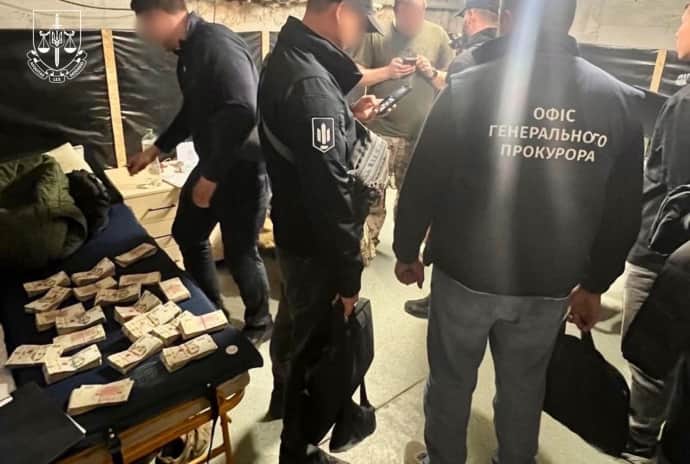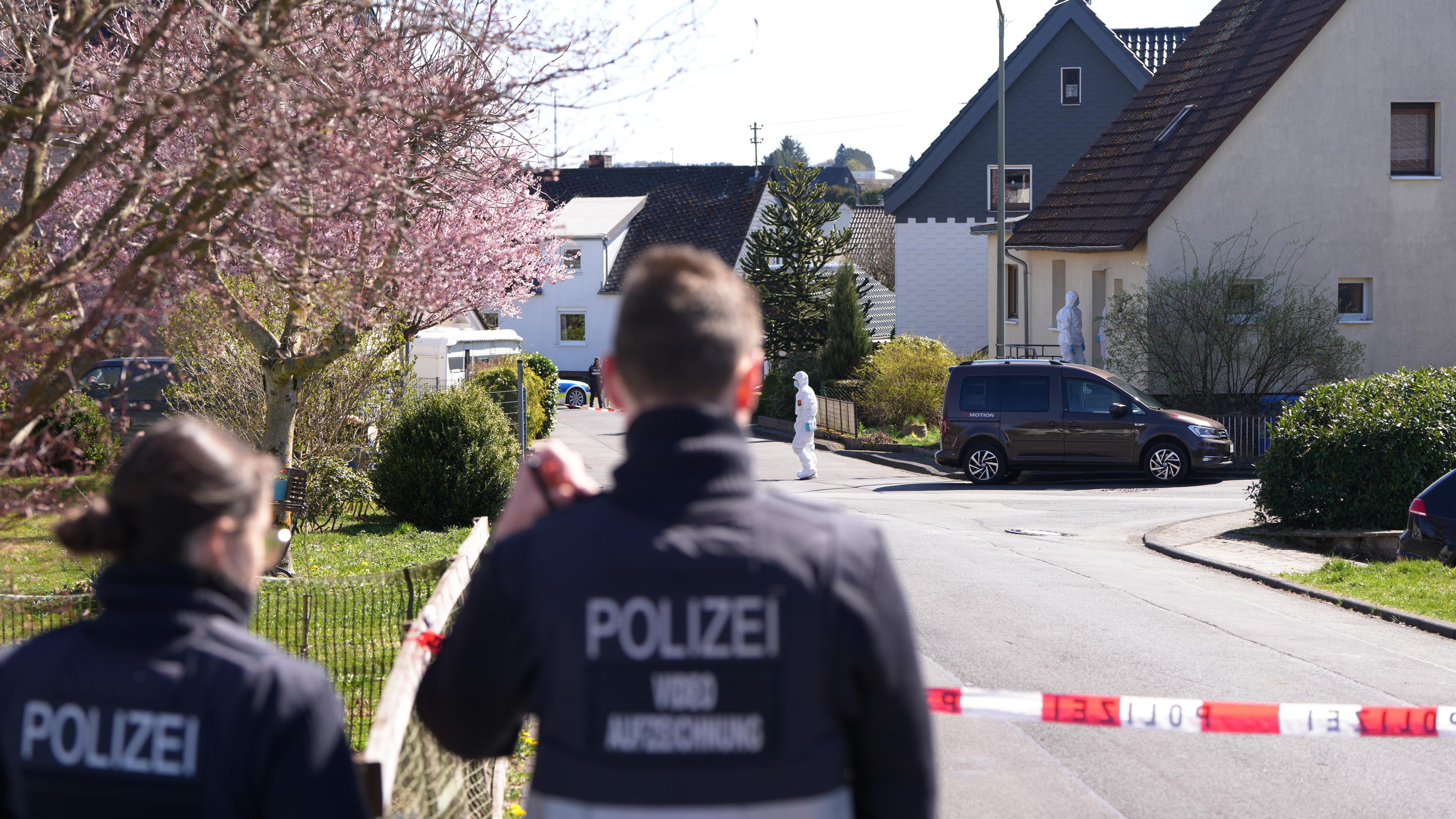Negotiations on a truce: what losses the economy of the Russian Federation suffered

Going to the epicenter of negotiations on the freezing of the war, Moscow carefully masks its weaknesses. The economy is the first of them.
Moving to the epicenter of negotiations on the freezing of the war, Moscow carefully masks its weaknesses. They relate to both losses of living power and military equipment and the fall of war support by the population. However, the Russian economy suffered the greatest loss.
The military economy operates according to its rules: there is a large -scale and unproductive front -line consumption. It absorbs huge amounts of resources that, in normal circumstances, could be used to produce goods useful for citizens. Civil production is sacrificed to the military.
Moreover, the front demand is to pay. Initially, the state pays for it, but when the war is delayed, this burden lies on the population. It is lighter if external sources of economic assistance exist and is more difficult if such assistance is absent. Russia is dealing with the second variant of events.
The price of war
Russia’s military expenditures in 2024 increased almost three times when compared to 2021: with 5.9 trillion rubles. up to 16.2 trillion rubles. Three years of the Great War cost the aggressor 37 trillion rubles. – for 21 trillion rubles. or about $ 260 billion. more than the previous three years.
In 2024, military expenditures accounted for 40% of the expenditures of the Federal Budget of the Russian Federation and about 8% of the country’s GDP. They were so high in the last years of the Soviet Union, when it competed from the United States in the « arms race », which he could not economically win.
They beat the Russian economy and the consequences of sanctions. The most obvious are freezing Russian reserves and restrictions on the sale of gold. In February 2022, Russia’s foreign exchange reserves amounted to $ 631 billion. Currently, the aggressor has only up to $ 86 billion: about $ 300 billion. and $ 28 billion The IMF has frozen the countries of the West, and the opportunity to sell gold ($ 196 billion) is limited.
Where is the money to the war
The main source of income of Russia is the export of energy resources. He is a key source of hostilities. In addition, the Russian government uses funds from the National Welfare Fund (FNB) and monetary issue. The aggressor’s gold and foreign exchange reserves that are stored abroad are currently not available for these purposes.
Prior to the Great War, exports of oil and petroleum products generated $ 170-210 billion annually. currency revenues, accounting for about 40% of all Russian exports. In 2024, this figure was $ 195 billion, which corresponds to the pre -war level, although below the record results of 2022 ($ 230 billion). In 2025, income from the sale of oil and petroleum products can be reduced to $ 140-150 billion. Due to the fall in oil prices.
Obviously, Russia was preparing for the war, so by May 2022 it managed to accumulate about $ 148 billion in the FNB. Thanks to additional exports of petroleum products due to high world prices. At the beginning of 2025, only $ 35 billion remained in the Fund: 164 billion yuan and 179 tons of sub -gold.

If the money from the FNB was chosen at such a pace as in 2022-2023, it would have to end completely at the end of 2024. However, in Russia, they decided not to exhaust it, but to cover some of the budget deficit through issue.
The intensity of issue or « money printing » in Russia has increased significantly. The volume of money supply (wide money unit M2x) during 2022-2024 increased from 83 trillion rubles. up to 131 trillion rubles. or 63%. This is much higher than in the previous similar period before the war (+36%).

In peacetime, « printing » of money occurs simultaneously with the growth of the economy to service the created value. However, in Russia, even official data show moderate GDP growth, while the growth of money supply is several times higher.
With the emission, Russia finances military expenditures. Most of these funds settle in the population who work in the fields related to the war: workers of MIC and military personnel.
However, there is no sufficient supply of goods to « bind » these funds in the economy. First of all – due to the reduction of domestic production caused by the collapse of the activities of Western companies. The increase in imports of Chinese goods is complicated by Western sanctions that increase the price and time of delivery.
All this leads to inflation, which, according to official data, is 0.2-0.3% per week or 10-12% per year. However, in reality, it can be all 25-28% per year, which is indicated by both alternative studies and the Russian Central Bank discount rate at 21% per annum: it makes no sense to make it so high if the official information on the inflation levels was true.
In fact, Russia is wringing a war against Ukraine by a model of mercenary: the contractor receives about 5 million rubles. per year, of which 1-2 million rubles. -« lifting », and the salary is 250-300 thousand rubles. per month. This is much more than in the civilian sector, where, for example, doctors and teachers receive 35-50 thousand rubles. per month.
Such social stratification in the level of income and violation of the balance of supply and demand indicate serious cracks in the Russian economy. The reason is one: high military expenditures against the background of reducing non -emission sources of warfare.
The difference between the beginning of the war and the present reality
In Russia, there are no sources of warfare that it had at the beginning of a full -scale invasion. The FNB of « blinks » up to $ 35 billion, and the income from oil exports has declined. In April, the price of Barrel Russian oil Urals was $ 17. lower than a year ago. Because of this, export revenues will be reduced by $ 40-50 billion.
Even the Russian Ministry of Economy acknowledged that this year the barrel of oil will cost $ 56. Against the previous forecast on which the budget was made – $ 69.5.
Nevertheless, the Russian Federation should increase military expenditures in order to achieve its militaristic goals in the war in Ukraine. In particular, to finance the production of new equipment, as the old stocks have already been destroyed. This year, these expenditures can reach 20 trillion rubles: 16.5 trillion rubles. The budget is officially embedded, however, given the trend of previous years, this plan is likely to exceed.
In such a difficult situation, the Russian government resorts to issue. Currently, the Central Bank of the Russian Federation has switched to weekly repo operations, in fact, by carrying out the targeted issue of funds to commercial banks for the purchase of government bonds. This will create further inflation pressure.
A real salvation could be a decrease in war expenditures or funding from external sources. However, all this requires stopping the active phase of hostilities. In particular, in this case, Russia will try to reduce the pressure of the sanctions in order to obtain additional income from oil exports.
Of course, everything can change the « Trump phenomenon », including his desire to review the current sanction mode. However, in the current conditions, this will be perceived as the playing of the aggressor, or more precisely – as salvation. So far, time is playing against the Kremlin economy, and therefore in the summer the economic situation in Russia will get worse even more.







/s3/static.nrc.nl/images/gn4/data131805069-169c64.jpg)